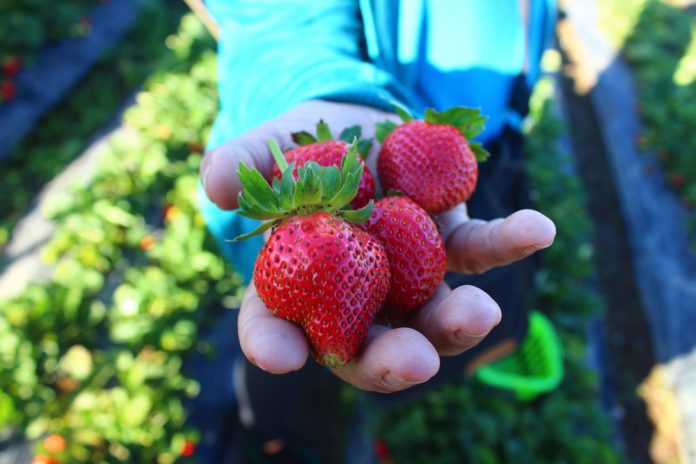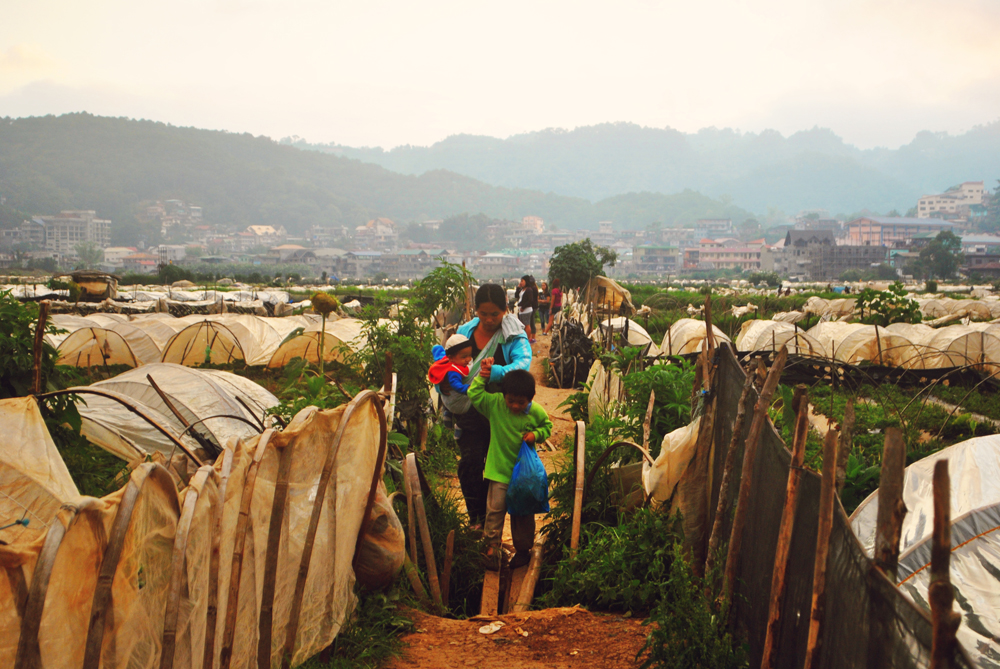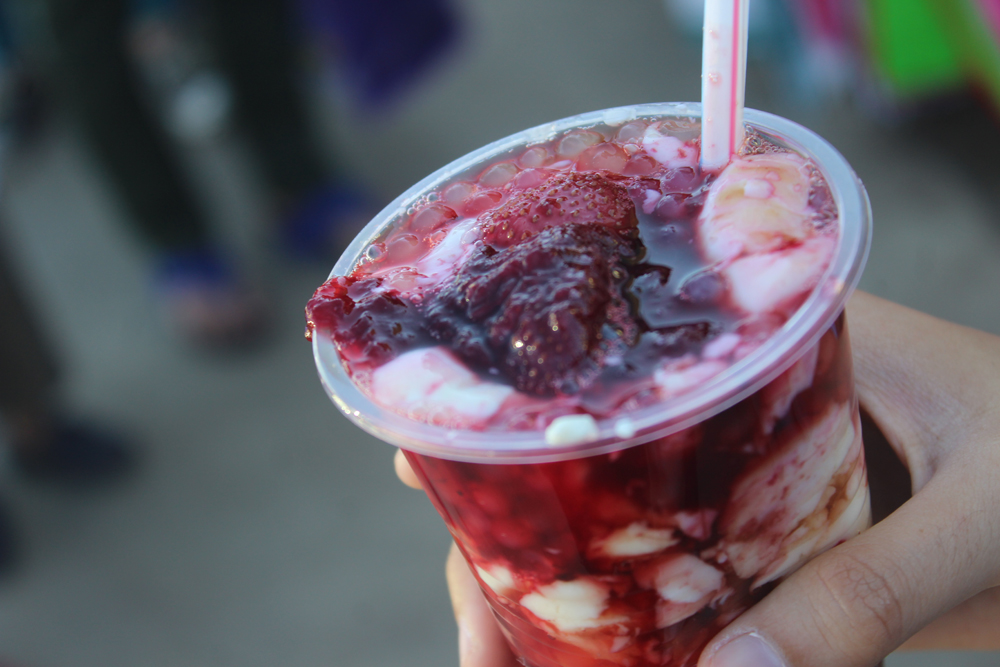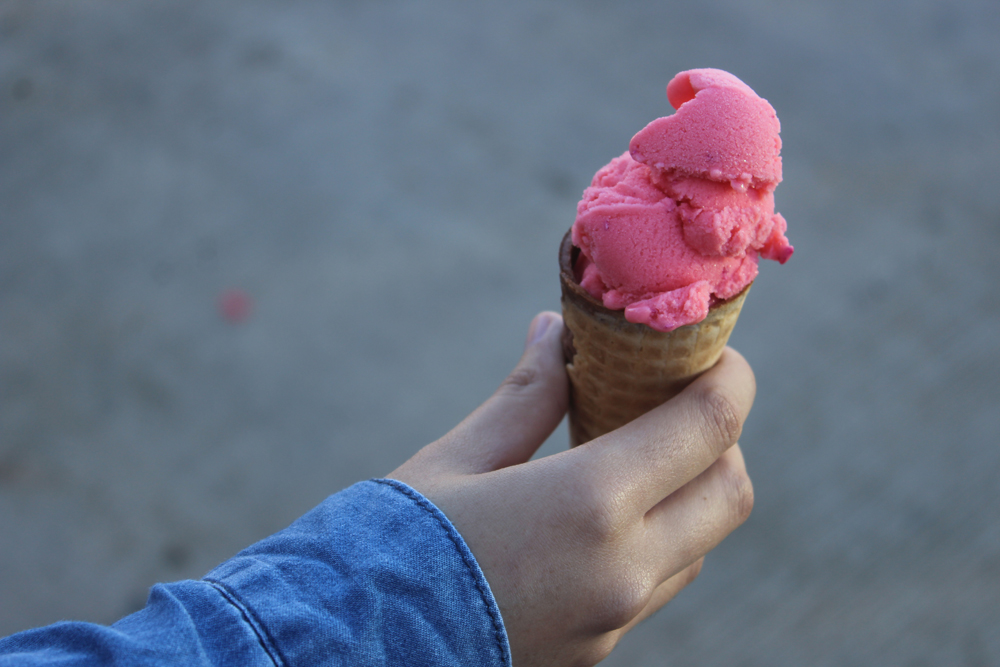
THERE’S been much ado about Baguio’s quintessential Good Shepherd ube jam lately – what with a shortage in purple yams forcing sisters of the Cordillera convent to use the white variety of the tuber for their tourist-favorite recipe instead.
For this we have to thank global warming and inclement weather: The beloved jam with its signature striking mauve hue – synonymous with sweet halaya – will be absent from shelves for some time.

However, let’s be thankful that the City of Pines’ other iconic pasalubong is still going strong: The region’s peerless luscious strawberries, still thriving with Baguio’s chilly climate.
The mountainous region has concocted many ways to savor and enjoy the fruit: From novelty saccharine treats like ice cream and taho to flight-friendly jams and pastries, but there is still quite no better way to appreciate Baguio’s strawberries than to pluck and harvest them for yourself.

A handful of farmers in La Trinidad, Benguet allow people to harvest all the strawberries they want from their gardens. 
It’s a worthwhile activity that may entail getting your shoes a little dirty, but highly-recommended for first-time Baguio visitors.
A trip to the La Trinidad Strawberry Farms in Benguet is indispensable to any Baguio City excursion – dare I say your itinerary wouldn’t be complete without it. Around 45 minutes from Session Road, La Trinidad is most often frequented by tourists to horde souvenirs and goodies at the most reasonable prices – the farm is lined by pasalubong stores and stalls where printed t-shirts and kitschy baubles like keychains and the endlessly funny gag-gift “barrel man” can be bought and haggled for with very little markup. But it’s also visited by sightseers who want to see how strawberries are grown for themselves.
The La Trinidad Strawberry Farm is a vast 80-hectare property that is open to the public, a plantation for both strawberries and ornamental flowers like roses and chrysanthemums. In the past couple of years, more and more farmers in the area have opened their gardens to travelers who want to experience the unique opportunity to pick strawberries themselves.
For a fee, a handful of farmers allow people 30 minutes or so to harvest all the strawberries they want from their gardens – giving visitors some small scissors for snipping stems and a basket to place their reap. After which, your pick is packaged in a plastic container. It’s a worthwhile activity that may entail getting your shoes a little dirty, but highly-recommended for first-time Baguio visitors.


Of course, if you’re not down to get your hands dirty, you can still buy the fruit by the kilo – and around the farm ambulant vendors sell strawberry ice scream and syrupy strawberry taho (with a rich arnibal and real strawberry chunks) to curious tourists. I’m missing the taho already!
Strawberry fields forever! (To be continued/PN)



